Amuscupiabit
From across the Mojave and along the Mojave River, springs and other water sources shaped the trail down Cajon Canyon and into the southern California valleys. Trails from all directions met in this canyon and that in itself would possibly indicate that in the overall scheme of things some variety of trade may have taken place here where the trails cross.
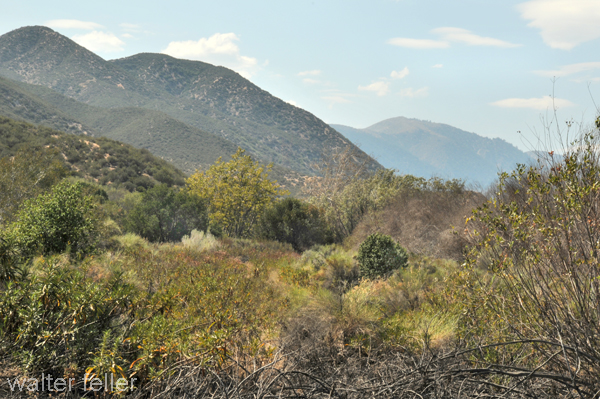
During the winter months when snow is capping the mountains and the weather is cold the Cajon valley would have generally been warmer. With a good year, there would have been plenty to harvest and forage as well as game to hunt. Drought years may have brought little with it and the camp would have been a starvation camp with little to eat.
Rancherias
A rancheria, as the Mexicans called it, would have been a small settlement of Indians living in temporary huts while maintaining seasonal subsistence activities and trade.
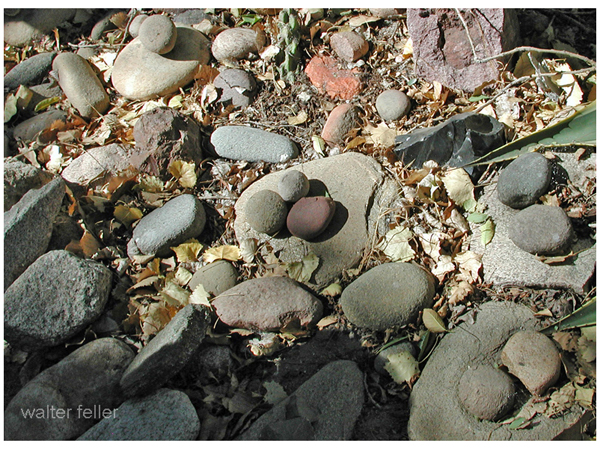
It was among these rancherias … that the missions found the most fertile fields for producing laborers. Whether by trickery or physical force the villagers into the Catholic fold. Being taken to the mission was most likely the fate of the residents of the Serrano rancheria Amuscupiabit in the heart of the Cajon Pass.
The Old Spanish Trail had become increasingly used as a pack mule trail between New Mexico and California, and with this traffic came the opportunity for those to take advantage of the distant location and desperate nature of the land.

California horses were beautiful creatures, and the mules were taller and stronger than those in New Mexico and they were easy to steal. The rolling hills and plains presented clear paths to the Cajon where numerous hidden canyons and washes were available to slip into and prepare for the furious run across the desert. Horses would be stolen in herds from many different ranchos at once. Hundreds of horses, even thousands could be commandeered and driven by just a few experienced thieves.
Chief Walkara, ‘Hawk of the Mountains ‘ and the greatest horse thief in all of history along with his band of renegade Chaguanosos, and notables such as Jim Beckwourth and Pegleg Smith would work together in this illegal trade. During one raid they were said to have coordinated the theft of 3,000-5,000 horses, driving them to Fort Bridger to trade for more horses to run to New Mexico to trade again. Horses would fall from exhaustion every mile and the local bands of Paiute would feast on the remains.
Coyote Canyon
. . . A few years later Mr. White established a camp in San Bernardino county at the mouth of Lytle creek and again started in the cattle business. Here he was joined by two other white men, who after agreeing to a plan to take up all of the valley lands deserted him before the consummation of the scheme. The Indians learning that he was alone decided that it would be a good time to make a raid and drive away the herds, and under the leadership of Chief Coyote, who was one of the craftiest and most vicious in that section, they accomplished their purpose. The next morning in company with an Indian boy of seventeen years, who was friendly to him, Mr. White started out to find the stock and overtook the thieves at the head of Cajon Pass. Here the Indians had camped and killed a horse, upon which they were feasting when Mr. White discovered them. Cleverly circling the camp he managed to get ahead of them and was endeavoring to stampede the stock when Chief Coyote saw him and started toward him. Waiting until the Indian was within forty or fifty yards of him Mr. White took steady aim and shot him dead, the report of the gun stampeding the cattle. They returned home, Mr. White and the Indian boy following and reaching the valley in safety after having killed a number of other redskins. The boy had been of great assistance to him by loading his extra gun.
A HISTORY of CALIFORNIA Extended History of Its Southern Coast Counties – Vol II — J. M. GUINN 1907
When the governor heard of this affair he sent for Mr. White and ascertaining that he had no land but desired to receive a grant, application was made and surveys taken, and in a few years he received papers conveying to him thirty-two thousand acres of land.

In 1843 Michael White was granted one league of land at the mouth of the Cajon Pass called Rancho Muscupiabe. At a point overlooking the trails leading into and away from the canyon he was expected to thwart the raiders and horse thieves that were plaguing the Southern California ranchos. In theory, it was a good plan but in practice, it did not work so well.
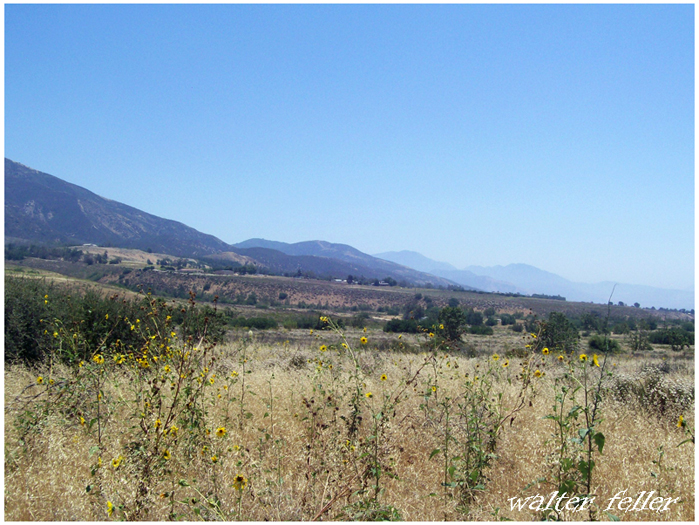
He built his home of logs and earth and constructed corrals for his stock. However, the location between Cable and Devil Canyon only served as a closer and more convenient target for the Indian thieves. His family was with him, but after six weeks until it became too dangerous. He left after nine months without any livestock and in debt.
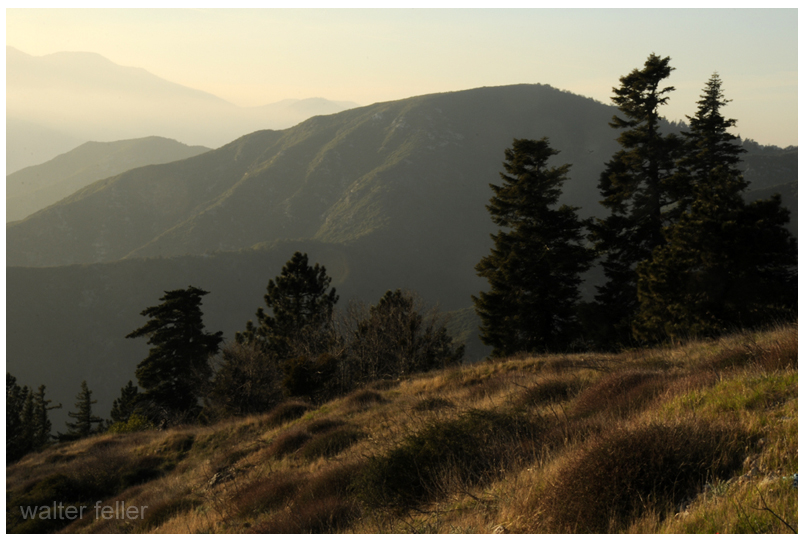
Miguel sold his property, however, Miguel had misread the grant, letting the rancho go for much less than it was worth. The land described on the grant was roughly 5 times larger than Miguel thought. Blanco brought a suit but lost.
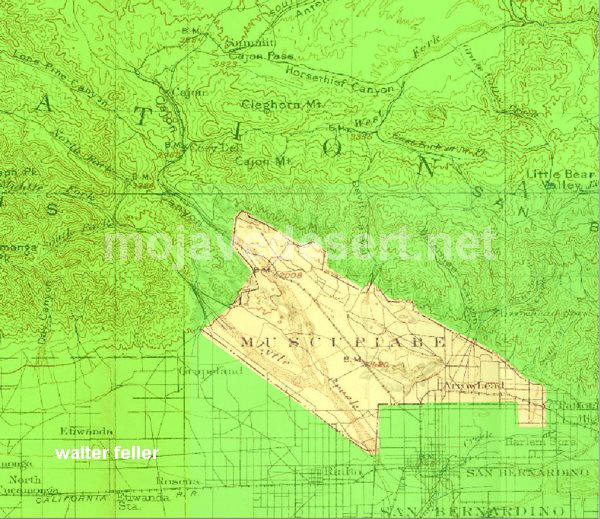
As the late 1840s and 1850s rolled by wagon roads were being developed in the canyon minimizing the effectiveness of the maze of box canyons being used to cover the escape of desperadoes on horseback. With California becoming a state frontiersmen such as Beckwourth and Peg Leg Smith would not steal from fellow Americans. Horse-thieving under U.S. law had become a crime where before it was just stealing horses from Mexicans. That was only serious if caught in the act. Americans would never extradite them. For the most part, that was the end of the horse-stealing raids.
- end